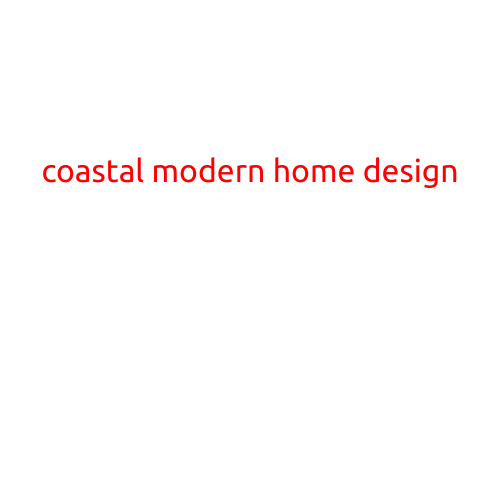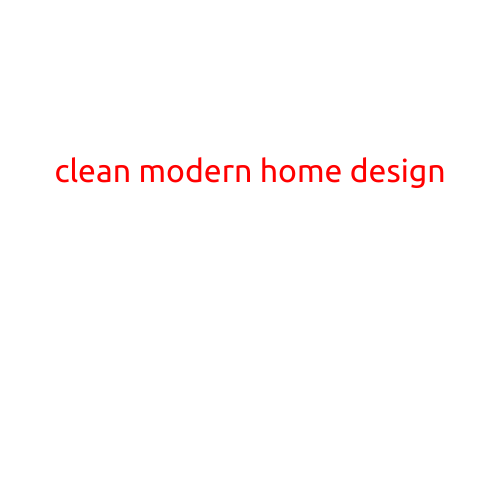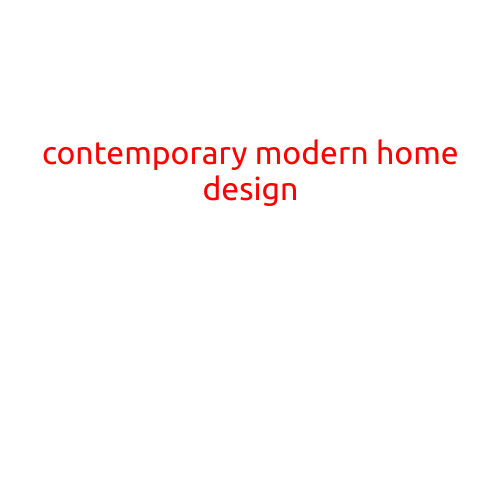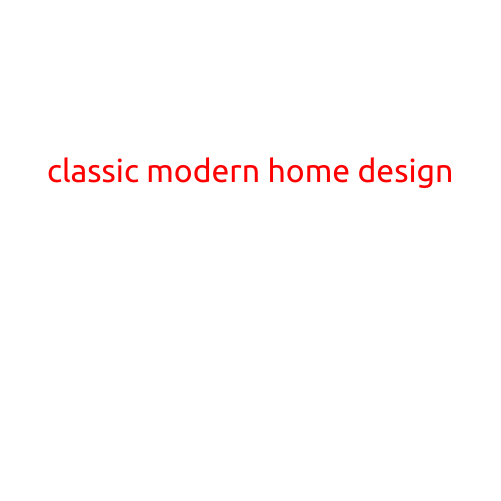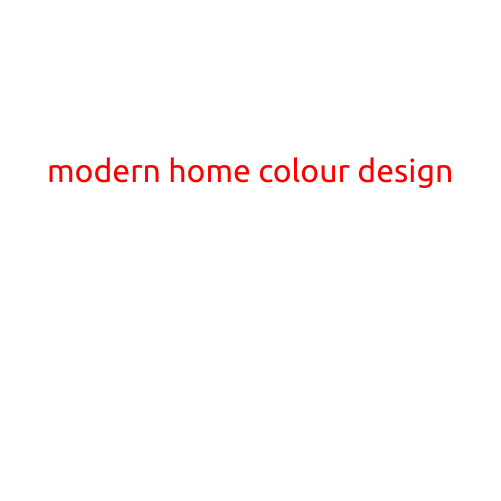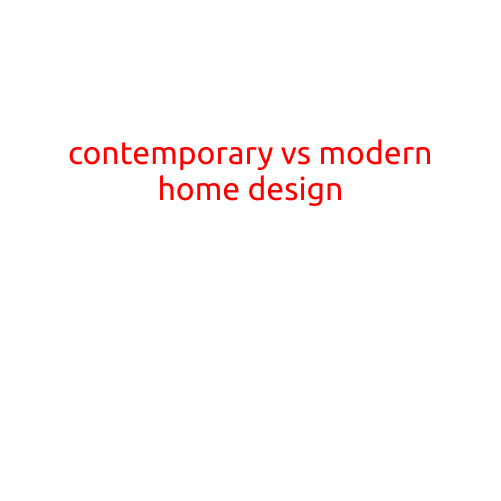
Contemporary vs Modern Home Design: Understanding the Key Differences
When it comes to designing a home, many people use the terms “contemporary” and “modern” interchangeably. However, these two styles are distinct and offer unique characteristics that set them apart from one another. In this article, we’ll delve into the differences between contemporary and modern home design, helping you make an informed decision for your dream home.
The Evolution of Modern Design
Modern home design has its roots in the early 20th century, during the Art Deco era. It was characterized by clean lines, minimal ornamentation, and an emphasis on function over form. Modern design was all about simplicity, efficiency, and a break from the ornate and intricate architectural styles of the past. The iconic Eames Lounge Chair, designed by Charles and Ray Eames in 1956, is a classic example of modern design, showcasing a sleek, minimalist aesthetic.
The Rise of Contemporary Design
Contemporary home design, on the other hand, emerged in the mid-20th century and has continued to evolve to this day. It’s a more fluid and flexible aesthetic that builds upon modern design principles but introduces new trends and styles. Contemporary design often incorporates a mix of elements from different eras, such as mid-century modern, postmodern, and current modern styles. This fusion of styles results in a unique and eclectic look that celebrates individuality and creativity.
Key Differences
So, what are the main differences between contemporary and modern home design? Here are the key distinctions:
- Emphasis: Modern design focuses on simplicity, minimalism, and functionality, while contemporary design prioritizes creativity, individuality, and experimentation.
- Lines and Shapes: Modern design features clean lines, right angles, and minimal curves, whereas contemporary design incorporates a mix of straight lines, curves, and irregular shapes.
- Materials: Modern design often utilizes industrial materials like steel, glass, and concrete, whereas contemporary design incorporates a wide range of materials, including wood, metal, and eco-friendly options.
- Ornamentation: Modern design shuns ornamentation, whereas contemporary design may incorporate bold patterns, textures, and decorative accents.
- Color Palette: Modern design typically features a muted color palette, whereas contemporary design celebrates a broader range of colors, including bold, bright hues.
- Furniture Style: Modern design focuses on minimalist, low-profile furniture pieces, while contemporary design may incorporate statement pieces with bold silhouettes and unique designs.
Designing Your Dream Home
When deciding between contemporary and modern home design, consider the following:
- Are you drawn to clean lines, minimal ornamentation, and a focus on function? Modern design might be the way to go.
- Do you prefer a more eclectic, creative approach that celebrates individuality and experimentation? Contemporary design could be the perfect fit.
- Think about your lifestyle and personal style. If you prefer a calm, serene atmosphere, modern design might be more suitable. If you desire a space that reflects your personality and reflects your love of art, music, or fashion, contemporary design could be the way to go.
Ultimately, the choice between contemporary and modern home design comes down to your personal taste and design goals. By understanding the key differences between these two styles, you’ll be better equipped to create a home that reflects your unique personality and style.
